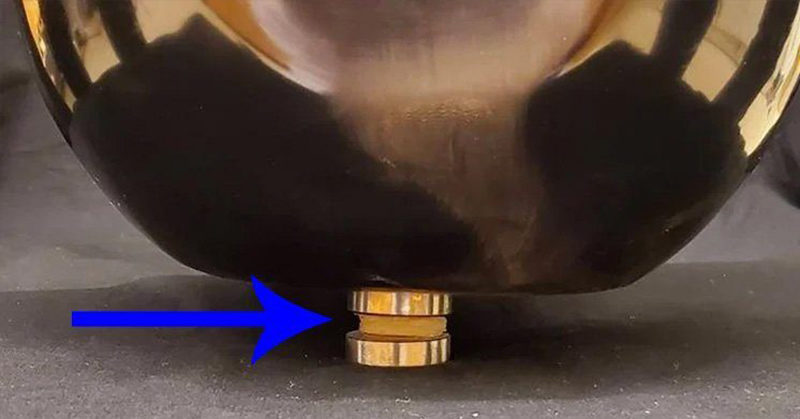More than 790 thousand knee replacement surgeries are performed in the United States every year. The most common cause of chronic knee pain in the US is arthritis, whether that be osteoarthritis (wear and tear on the knee joint), rheumatoid arthritis (inflammation in the knee joint), or post-traumatic arthritis (occurs after a serious knee injury) [1].
Despite being one of the most successful types of surgery in the country, there are still many drawbacks to having a full knee replacement. The surgery itself is quite invasive, and typically only lasts for about twenty years before it needs to be re-done [2].
Finding an alternative solution to knee surgery, however, has been a challenge, and scientists have struggled to find an artificial substitute for one part of the knee in particular: the cartilage. Finally, researchers think they may have developed a material that matches the cartilage found in our bodies, which could prevent a lot of people from having to have their entire knee joint replaced.
What is Cartilage?

Cartilage is a firm, rubbery material that covers the ends of the lower part of the thigh bone (the femur), the top of the shin bone (the tibia), and the kneecap (the patella), which are the three bones that make up the knee joint. Cartilage has two main functions: it reduces the friction in the joint and acts as a “shock absorber” during activities like walking, running, and jumping. When it deteriorates or becomes damaged, the knee can no longer move properly and becomes very painful [3].
Read More: Doctors Kept Dismissing My Back Pain Until I Was Finally Diagnosed With Terminal Cancer
A New Artificial Cartilage Gel

Researchers from Duke University have finally come up with a material that may be able to act as a replacement for the natural cartilage found in the body. “We set out to make the first hydrogel that has the mechanical properties of cartilage,” said Duke University chemist Ben Wiley [5].
This new material is made up of three main ingredients, all of which are water-absorbing polymers. The first is made up of spaghetti-like strands that are intertwined with a second polymer that is a more basket-like weave and is less flexible. The third polymer is made of cellulose fibers that act as a mesh to hold everything together, particularly when the material is stretched.
Read More: You Destroy Your Brain Health Rapidly With These 10 Stupid Daily Habits
The hydrogel was evaluated in two important categories- its ability to stretch and squish.

In both these areas it showed better performance than other hydrogels, and even held up as well as the porous titanium material used in bone implants during a test of 100 thousand pulls.
“Only this combination of all three components is both flexible and stiff and therefore strong,” said materials scientist Feichan Yang of Duke University [2]. This new material also proved it was just as resistant to wear and tear as the real thing when rubbed against natural cartilage one million times, and more durable than the artificial cartilage that is used in operations on the big toe, which is approved for use in the United States. The researchers also note that the material is non-toxic, and all of these combined properties make it an excellent replacement for damaged cartilage [4].
A Long Wait

The next big hurdle the researchers have to face is getting their material approved for use in humans, a process that could take up to three years. One reason for this is that the non-toxicity of the gel has only been tested in lab-grown cells, so it is still uncertain as to how it will react in the human body. Before testing the gel in humans, it will first be transplanted into sheep. If those trials are successful, they can then begin testing in people.
If all goes well, the team at Duke is confident that their hydrogel could be an effective option for patients suffering from knee pain. The hope is that one day, they will be able to restore a joint to full working order without the long recovery time associated with knee replacement surgery. This artificial cartilage should also last much longer than the existing replacements, avoiding the need to have a second surgery later on [3]. While there is still quite a long wait time for patients looking for an alternative to invasive surgery, a new chapter in knee pain reduction is on the horizon.
Read More: Woman Was Given a Strange Exam By Her Doctor. After Researching, It Left Her Feeling Disgusted

